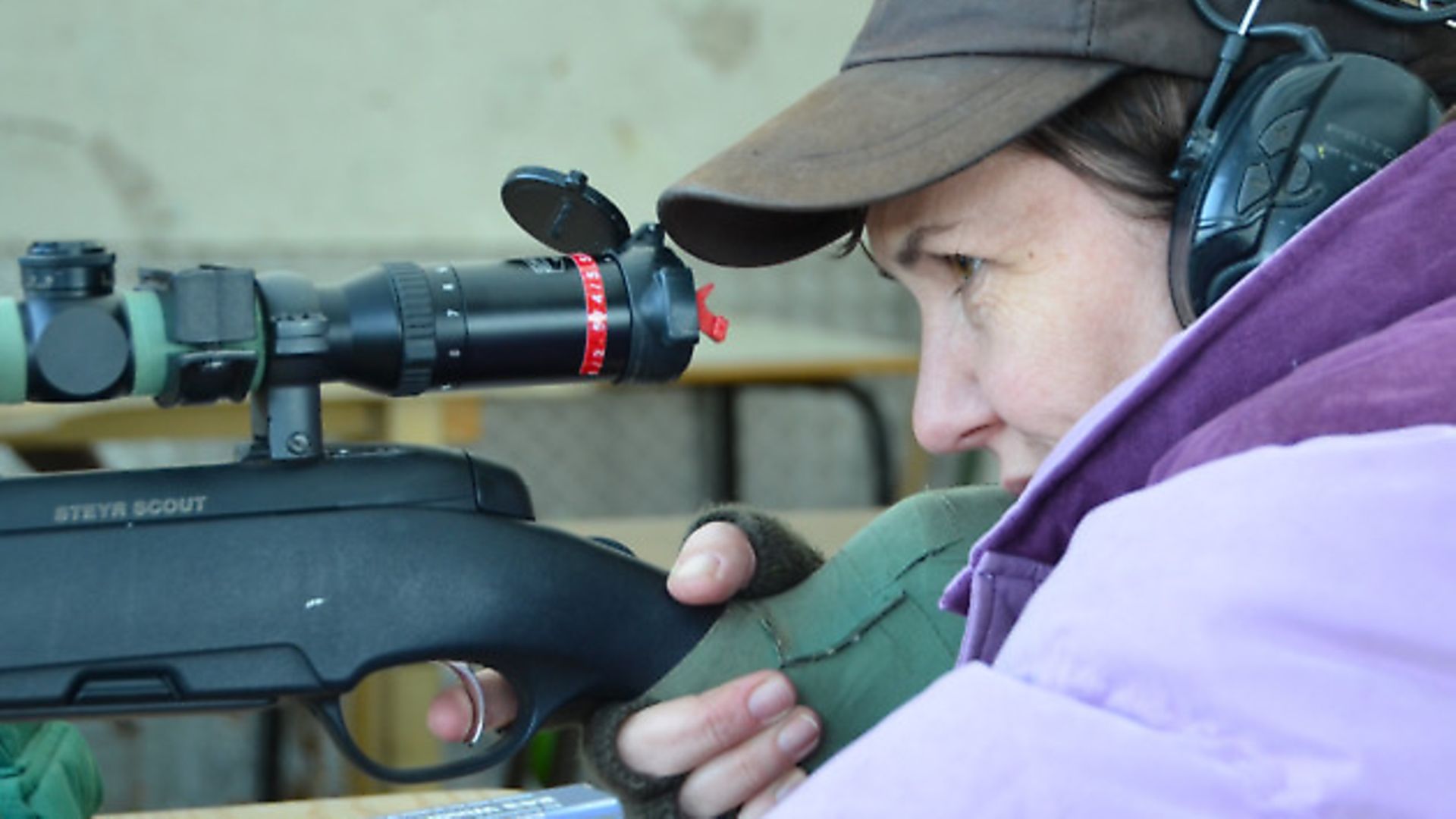In the first of a new series on shooting in Wales, Helena Douglas takes us through what’s available around the country
 credit: Helena Douglas
credit: Helena Douglas
Having emigrated to Wales from Sussex, bringing with me two shotguns, a couple of ASBO terriers, 50m of electric fencing and several pairs of wellies (don’t ask, it’s a long story), my first question was, “Where and what can I shoot?” The answer is almost everywhere and lots!
Game shooting in Wales is prolific and devotees of the high, challenging birds that thrive in Wales’s hilly terrain can indulge themselves at a range of exclusive estates, including Brigands in Snowdonia, one of the famed Bettws Hall portfolio, Stanage at Knighton and Glanusk in the Brecon Beacons. Driven days of up to 500 birds are available for the usual handsome prices. Those with offshore accounts can also point their Purdeys at driven woodcook and red grouse – but the Edwardian heyday of grouse shooting in Wales is long gone.
For shooters with more modest means, syndicates and rough shooting abound. Weekends in my new neck of the woods are characterised by clusters of mudpluggers parked at the side of the road and huddles of red-faced, green-clad Guns, eyes squinting through the wind/rain/fog – or all three. Last Sunday’s syndicate shoot on a nearby farm yielded a good bag of handsome pheasant – several sultry melanistics among them. My enquiry as to whether I could buy some was met with a half-hour conversation about everything shooting with the farmer, followed by a gift of a brace and two mallard for the pot as a welcome to Wales. Dyddiau da (‘good times’), as they say hereabouts.
On a recent mid-week terrier outing I also met two wet but cheery teenagers who had been shooting walked-up snipe and woodcock: “The secret to woodcock is lots and lots of lead but you still have to be really quick,” said the elder, while the younger nodded sagely.
Those with an affinity for water can fill their boots on the long Welsh coastline where wildfowling presents many opportunities. Geese and duck species, including mallard, teal and widgeon, are there for the taking, and the country is home to several wildfowling clubs. If I get organised and join one, that should give me the chance to get out my trusty AYA Yeoman non-ejector, bought for pennies from an affable Sussex farrier who was paring down his gun collection. Who said shotguns and shooting had to be expensive?
I have recently fallen in love with rifle shooting despite acquiring a scope scar (my fault) that is now competing with the other lines around my eyes. Luckily I can indulge my enthusiasm for big bangs at the WMS Steel Challenge, based on a 5,000-acre sheep farm in the Cambrian Mountains. WMS offers rifle shooters the chance to shoot at reactive steel targets from 100m to 1,700m over a 400m incline. The ping when the round hits home, whether from a .22 at 50m or a .308 at 1,000m, has to be one of the most satisfying noises on the planet. The sheep strolling across the target area only add to the excitement. WMS, run by Andrew Venables, a professional hunter and rifle shot of 30 years standing (who also trains zoos and the police), offers a variety of options for both novice and experienced rifle shots including sniper days, hunting trip preparation and stalking training.
Deerstalkers won’t find much to do in Wales. Despite small populations of fallow and red, most of these beasts occupy woodland owned by the Forestry Commission where shooting is off limits. The increasingly ubiquitous muntjac continues to make an appearance, on their continued exodus from Woburn, and have now been seen south of Gwynedd.
For claybusters, Wales offers nine CPSA-affiliated shooting schools in the county, three of which are Premier Plus grounds: South Wales 2000, Mid Wales Shooting Ground and Fauxdegla Shooting Ground in North Wales, as well as a number of farm and straw-bale shoots. High profile competitions are increasingly being held in Wales: Fauxdegla was home to the 2012 British Open Sporting and Sportrap with 1,086 shooters attending, while Mid Wales hosted the World DTL Championship in which 500 shooters competed. The winner was Phil Morgan, the first Welshman to win the competition on home turf. A visit to Mid Wales, just five miles up the road from me, has already become a regular fixture in my calendar. Run by the laconic Jonathan Williams and his wife Lisa, it offers a superb Skeet and DTL layout, as well as some fierce sporting targets that have already caused me many a wasted cartridge and ‘FFS’ moments!
Why is Wales so popular for big clay shoots? Well the space, excellent facilities, good B&Bs and the fact that dinner and a pint can be had for under £10 might have something to do with it. All the more reason for me moving here too. n